SpaceX CEO Elon Musk’s plans for space have become more audacious and grandiose with each passing day. From the space company’s ambitious Falcon 9 rocket launches to its surreal mission to colonize Mars, it looks like Musk’s vision to blur the line between science fiction and reality may very well be realized at a breathtaking pace. In the latest, the billionaire entrepreneur made ripples in the space community with his announcement of plans to send two humans (private citizens- not scientists, employees or researchers) for a round trip around the moon in 2018.
According to Musk, the two unnamed individuals have already paid a ‘significant deposit’ for the mission, which is expected to cost more than a $58 million seat on Russian Soyuz bound for the International Space Station. The two individuals would be carried by SpaceX’s Falcon Heavy Rocket into space through the company’s Dragon spacecraft, pending their health tests to ascertain their fitness.
The moonshot mission, if carried out successfully (nearly 50 years after NASA’s Apollo 8 mission- the only circumlunar crewed mission in history), would mark a first in the list of achievements by SpaceX.
‘Like the Apollo astronauts before them, these individuals will travel into space carrying the hopes and dreams of all humankind, driven by the universal human spirit of exploration. We expect to conduct health and fitness tests, as well as begin initial training later this year. Other flight teams have also expressed strong interest and we expect more to follow. Additional information will be released about the flight teams, contingent upon their approval and confirmation of the health and fitness test results,’ announced SpaceX on February 27.
All said and done, how does SpaceX aim to bring its intrepid plans to fruition? Let’s analyze in detail:
Launch and Flight
The two individuals will be carried inside the Dragon 2 spacecraft, which will be launched by SpaceX’s new Falcon Heavy rocket, which is a modified version of the company’s Falcon 9 rocket. It has two extra boosters attached to the sides, making it the most powerful rocket to launch since NASA’s Saturn rockets that were retired in the early 70s.
Till now, both the rocket and crew capsule have not yet made any flight missions yet. The Falcon Heavy is scheduled to have its first test launch this summer, while the Dragon 2 will make its first test flight in November 2017.
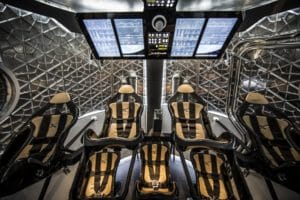
The flight will likely include at least one midcourse correction so that the spacecraft is headed for the right direction. What about the two passengers? They will mostly be sitting still and gazing out of the windows, since the spacecraft will be automated. However, they would be provided adequate training so that they are capable of handling emergency procedures and maybe even manual flight operations.
Skimming the Lunar Surface and Looping
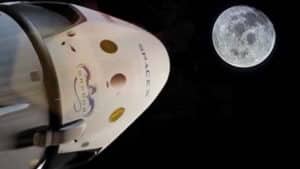
Musk has stated that the crewed Dragon spacecraft ‘would skim the surface of the moon’ before heading ‘further out into deep space.’ That, however, doesn’t mean that the spacecraft would actually touch the surface of the moon. During the Apollo 8 mission, the nearest the astronauts went to the moon was when they were at an altitude of 68.2 miles (110 km) above the lunar surface.
During the circumlunar mission, the SpaceX Dragon capsule will take a big loop around the moon and then enter the deep space. According to Musk, the capsule will orbit the moon, similar like the Apollo 8 mission. How many orbits would be done- this was not specified by Musk. The Apollo 8 mission circumnavigated a total of 10 times around the moon after it entered lunar orbit on December 24, 1968 and started the return around 20 hours later.
Free Return Trajectory and Cruising Home
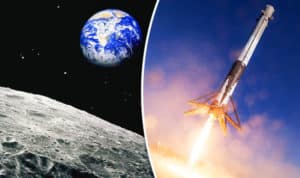
Once the Dragon capsule has encircled the moon for a pre-determined duration, it will ignite its engines and head back towards Earth. In the Apollo 8 mission, this was called the ‘trans-Earth injection’. After that, the crew will coast back to earth for at least 2-3 days before they reach home. Yet again, there will be at least one midcourse correction so that the precise landing is achieved.
Re-Entry And Touchdown (or Splashdown)?
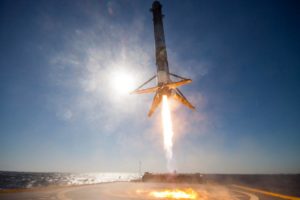
Apart from the launch, which is a crucial and challenging step in any space mission, re-entry into Earth is a process which can prove to be fatal if carried out incorrectly. When the spacecraft is hurtling into the Earth’s atmosphere, there will be a heat shield to protect the passengers from becoming burnt toast. How will the Dragon capsule land on Earth? It will be through a touchdown that uses a combination of parachutes and retropropulsion or via a splashdown, which is far safer and easier to plan since 71% of the Earth is covered in water. The Apollo 8 had splashed down into the Pacific Ocean on December 27, 1968.
If SpaceX indeed carries out this mission successfully, it will be a historic first in conquering new frontiers in space, since this would be the first time ever that a private company would execute such a project. To be frank, 2018 sounds way too close to make such a trip come true and it remains to be seen what all new ground-breaking technology SpaceX works on to achieve its lunar aims.

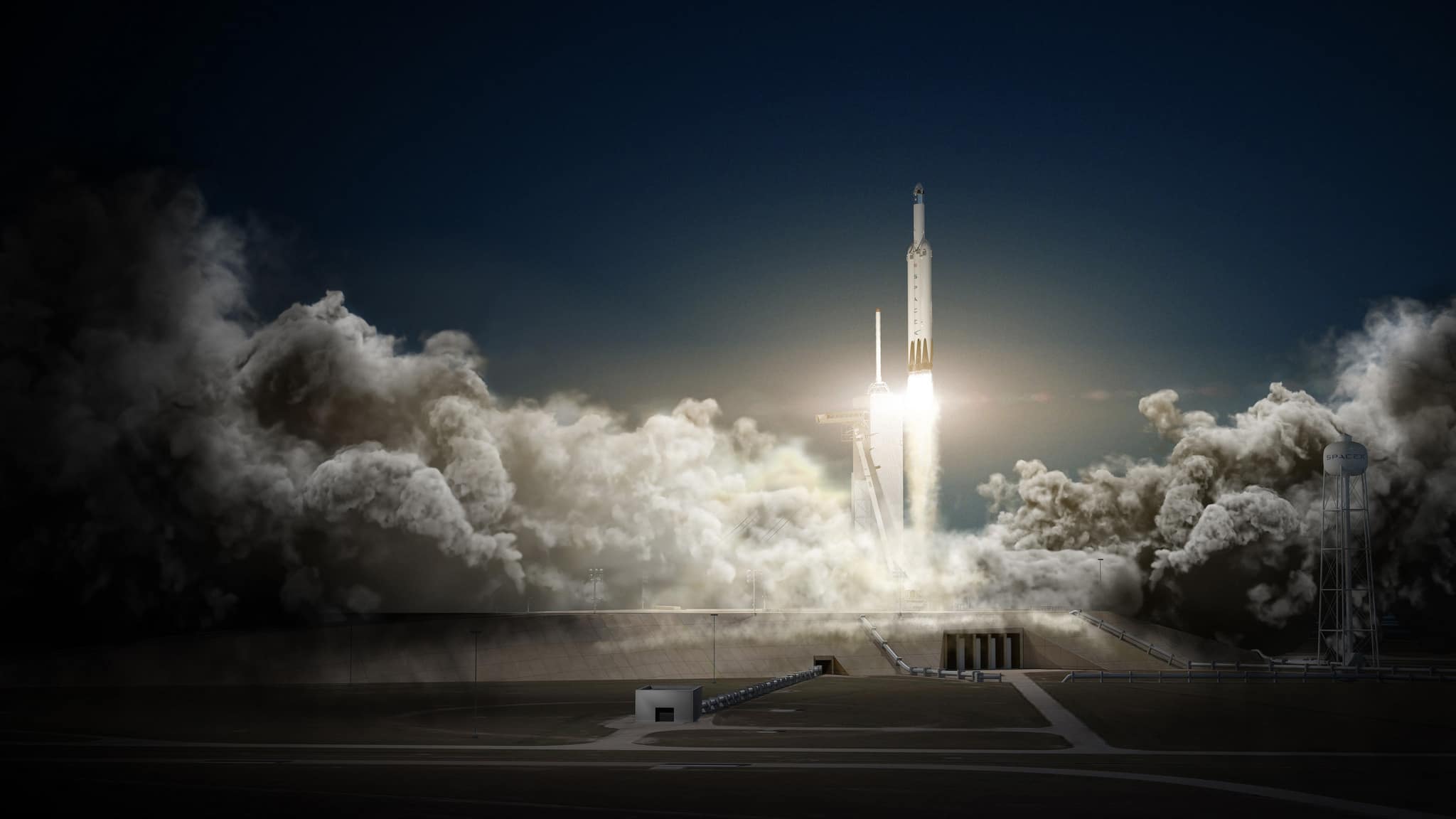
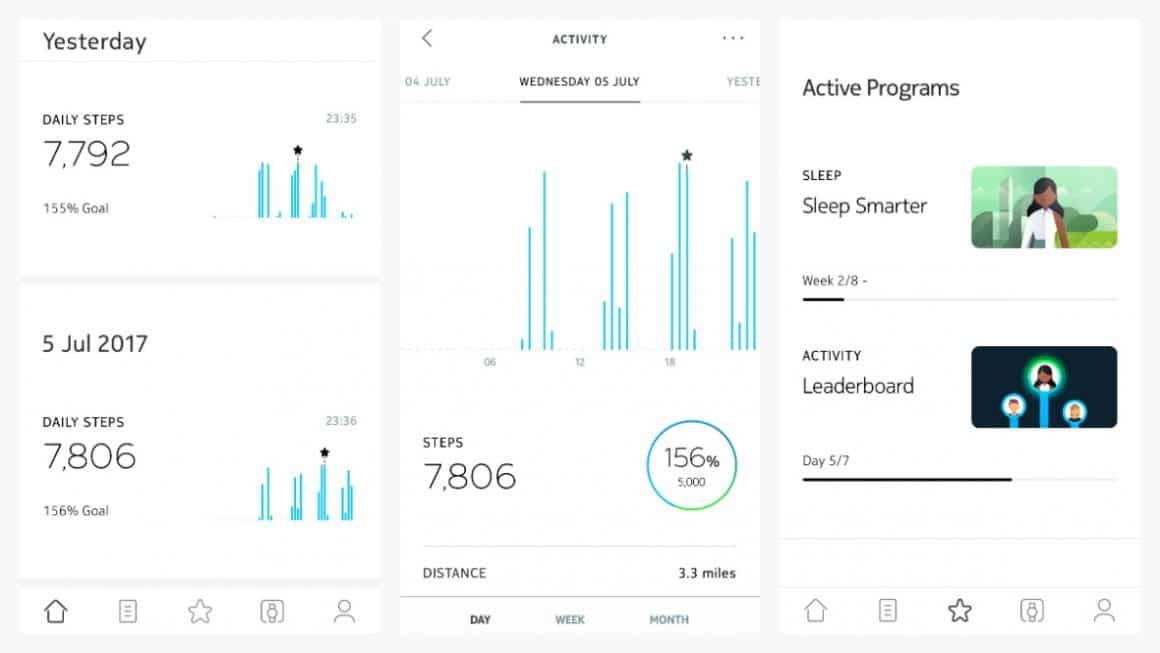











Leave a Reply